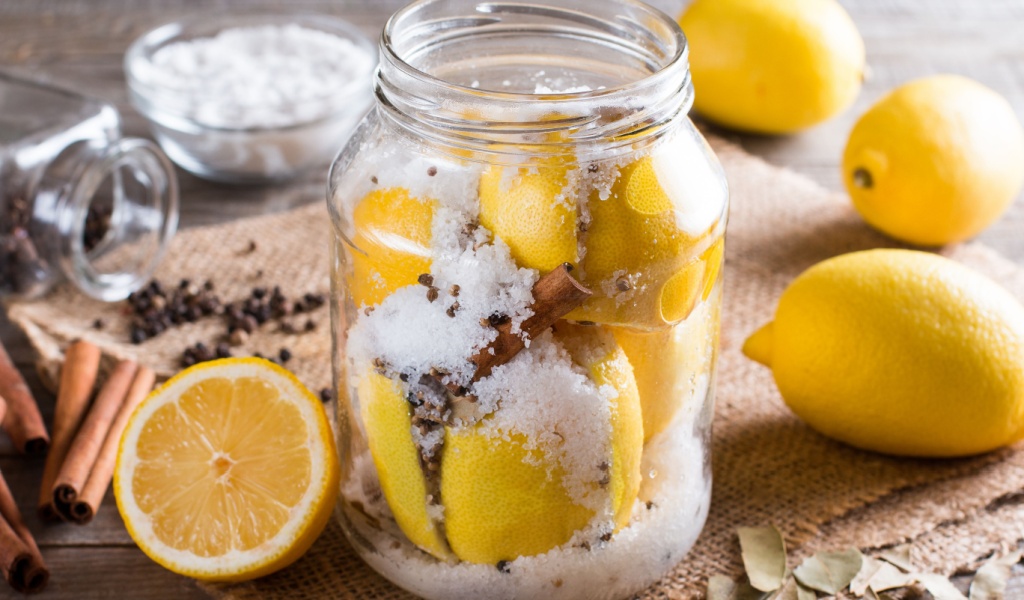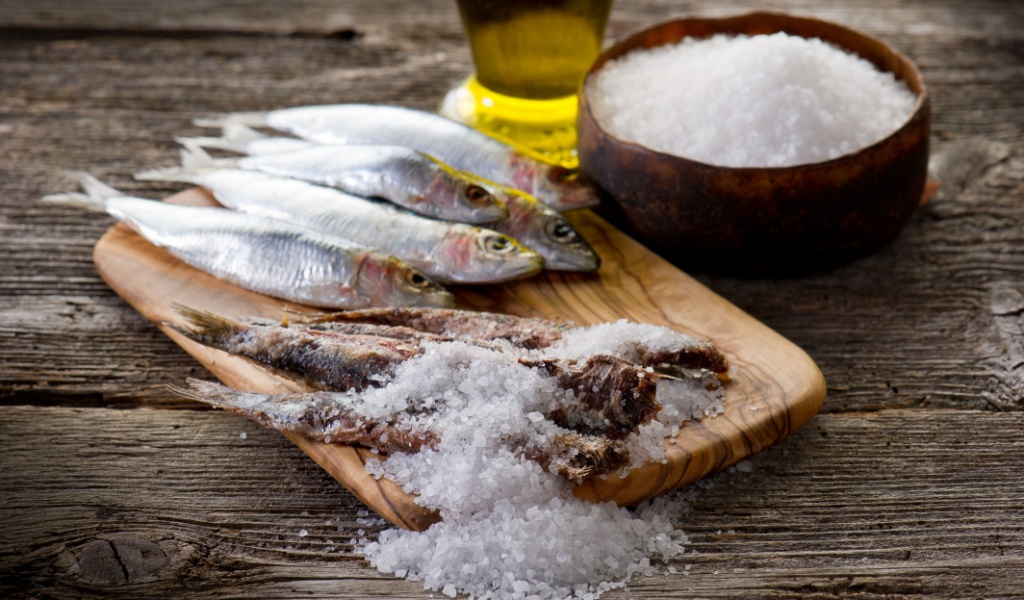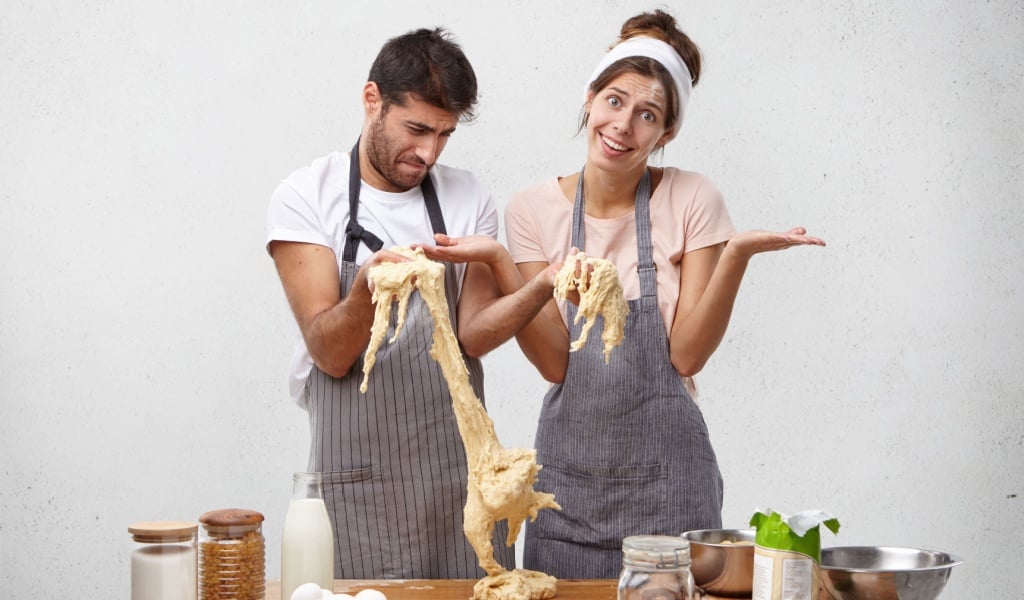Imagine yourself in the days before refrigeration, when food preservation was a real problem. There was no way to preserve food beyond a few days, and this became especially cumbersome to travelers. That’s when man brainstormed the idea of salting, a technique for keeping food from rotting that still exists.
Salting, an ancient technique for preservation, is a savior to all kitchen households. It has been used for thousands of years to preserve food, but have you ever wondered how it works?
As one of the oldest methods of food preservation known to humans, salting has the incredible effect of keeping food fresh for longer. During early civilization, when refrigeration was nothing but a dream, people discovered that salting food, especially meat and fish, could prevent it from spoiling for long periods. Conserving food was vital for survival, especially for nomadic tribes, sailors on long voyages, and during harsh winters when fresh food was scarce.
So, what’s the secret behind salt’s preserving power? Let’s learn about the science that lies behind it.

Salt’s Superpower
Salt prevents food from spoiling through a biological process called osmosis. Osmosis occurs when two solutions are brought into contact with each other and eventually reach the stage of equalization or a state of balance, creating an inhospitable environment for bacteria to thrive.
How is that possible? Salt works in two ways: first, it dries food out, and second, it kills microbes. Let’s break down this complex process into something easy to grasp.
Salt, a tiny mineral in our kitchen, is beyond just seasoning. Historically, people used salt to preserve meat, especially for the winter season. The process was known as ‘dry curing.’ They would rub salt, along with other spices, all over the surface of the meat and leave it to sit and work its magic to prevent it from spoiling.
Sprinkling salt removes water, an essential food for bacteria, from meat or vegetables. Salt acts as a sponge, drawing out all the moisture in the food. As a result, microbes that cause rotting or spoilage cannot survive.
In addition to extracting moisture from bacteria, salt pulls water out of the food itself, creating an environment that’s too dry for bacteria, yeast, and molds to survive. The high salt concentration is toxic for microbial processes, affecting DNA and enzymes and preventing the growth of new bacteria. It also toughens the proteins, producing a dry and chewy texture like beef jerky or dried fish.
Pickling
In addition to cured meat, salt is used for pickling. In this process, vegetables like cucumbers, cabbage, and carrots are submerged in a salt solution along with vinegar or another acid to preserve their freshness for months.
Salted Butter
Interestingly, butter was also stored using salt to deter spoilage before refrigeration was introduced. However, the salted butter you buy at the grocery store uses the ingredient for a different purpose. Nowadays, manufacturers add salt to butter for another reason: it’s deliciousness!
Fermentation
Fermentation is another crucial process of food conservation and flavor development that is enhanced by salt. Salt regulates the process by suppressing harmful bacteria and promoting beneficial ones, allowing foods to be stored for longer periods.
Salted Fish
Due to its high spoilage risk, fish has historically been one of the most commonly preserved foods using salt. In this preservation process, the fish is either salted directly or soaked in brine before being dried in the sun. This process not only preserves the fish but also intensifies its flavor, making salted fish a staple in many cuisines worldwide.

Is All That Salt Safe to Eat?
Now, you might wonder about salt levels and whether eating food with a high salt content is safe. Here’s the thing: even though salt seems to be an incredibly useful ingredient, it can alter the taste and texture of food. Even more alarmingly, excessive consumption can lead to high blood pressure. So, the salt concentration must be adjusted according to the type of food being preserved.
Modern Perks of Ancient Preservation
Salt preservation is still widely used, even though modern preservation and refrigeration have been around for decades. The ancient technique is known for both its practical benefits and the unique flavors it imparts to food, especially for cured meat, cheese, and pickled vegetables. The preserved food develops complex, rich flavors and a better texture due to the moisture being driven out. In this world full of instant cooking, salt preservation is a natural process that is healthy and inexpensive, leading to an extended shelf life without any potential harm.
Is Salt The Only Way To Preserve Food?
Salting is a versatile and effective method of preservation, but it is not the only method. With the advancement of modern techniques, other common ways of preserving have become available, such as canning, freezing, and smoking. Each method has its own benefits and limitations, but they all enable us to extend shelf life and enhance flavor.
Apart from these methods, following some guidelines for storing food at home is vital to protect it from spoiling. Some simple guidelines such as:
- Keep things clean. Wash your hands before and after cooking.
- Wash and clean all the utensils before and after using it for cooking.
- Check the expiration date on the package.
- If the food smells weird or looks different, do not consume it.
- Cook the meat thoroughly to ensure no harmful bacteria, such as salmonella, which causes food poisoning, survive.
In Summary
Salt has been the cornerstone of food preservation for thousands of years. Through dehydration, osmosis, and the inhibition of microbial growth, salt effectively prevents food decomposition.
While modern refrigeration and preservatives have reduced the reliance on salt for food conservancy, its role in enhancing flavor and texture cannot be replicated with other methods. We all know that salt makes any savory dish taste better, but it can also be great in sweet applications, thanks to its ability to draw out and intensify other flavors in the dish as well.
Who knew that something so trivial as salt could be the unsung hero in our kitchen? So, next time you sprinkle salt on your meal, remember you are not just adding flavor to it but keeping up with the time-honored tradition that’s kept food deliciously preserved for centuries!



